
Customer Support and Product teams are like cats and dogs. They love to hate each other!
CS focuses on helping customers to make the most of the product, and as a result will sometimes becomes a conduit of sorts for feedback and product suggestions. They run along to the Product team with their info only to find that Product aren’t interested. In fact, Product are pretty darn angry that they’ve come to them. How dare they? Product is their job, so leave them to it.
Most of you working in SaaS will either have experienced this first-hand or at least witnessed it happening in your organization. It’s so commonplace that companies don’t even realize that it’s a problem. “Let them fight!” they cry, and then wonder why their product isn’t sealing the deal or why their customers aren’t satisfied.
Well, as it turns out, nobody wants to see cats and dogs fighting in the street, and nobody wants to see CS and Product go blow-for-blow at the office Christmas party. And as you’re about to discover, putting an end to the fighting could bring with it a wealth of benefits.
Why CS and Product Should Work Together
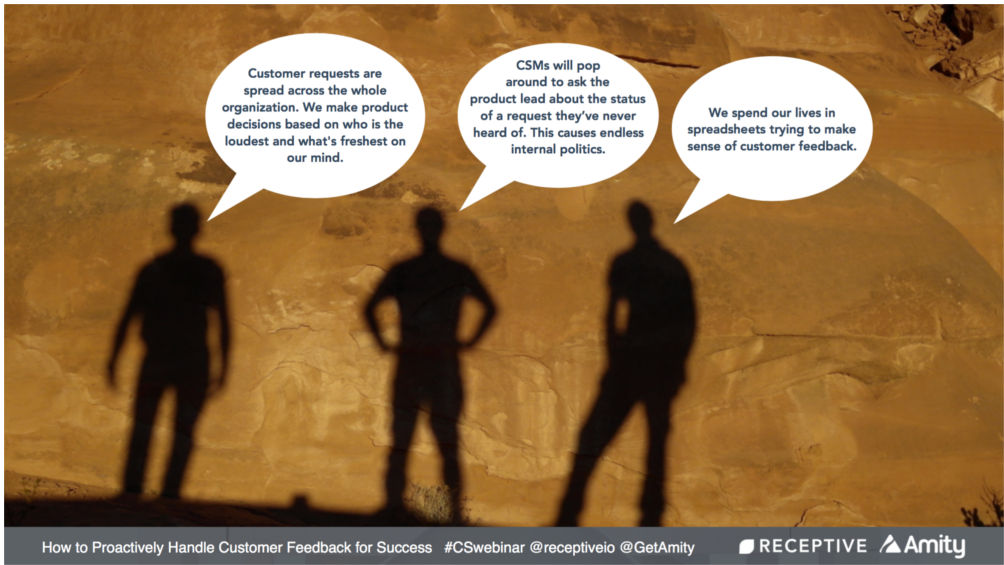
Let’s flip this on its head. What happens when CS and Product don’t work well together?
For starters, there’s a lack of communication. This makes things harder for both teams. If Product don’t tell CS about the latest product decisions and developments, then it’s hard for CS to best advise customers who have an issue or query. Likewise, if CS doesn’t pass on feedback to Product in a way that is abundantly clear, then they aren’t able to use that information when it comes to deciding which features they should build next.
That lack of communication brings us to the next issue. Namely, your product will suffer as a result.
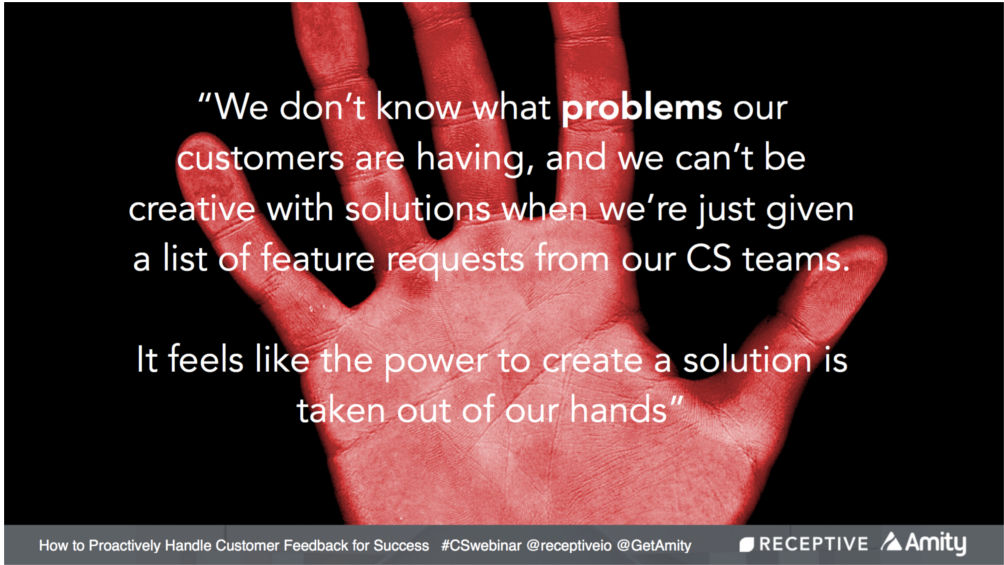
When it comes to making a fantastic product, you need to pay attention to what your customers are asking for. Sure, you shouldn’t necessarily just build whatever they want but you need to understand how they use your product, and what they’re looking for in future. But often, the Product team doesn’t have all the information they need.
One, because they’re close-minded to it and ignore the CS team when they provide the information. Sometimes the Product team will receive demand after demand and grow to resent the CS team for that. They may feel that the product is their domain and a massive backlog of requests only serves to complicate their job.
Two, because the CS team simply aren’t providing the information in a way that is helpful and useful to the Product team. It might be that they simply dump the information in a big heap, or perhaps they don’t provide enough clarification.
Both of these result in less product demand data and so less chance of building the best possible product.
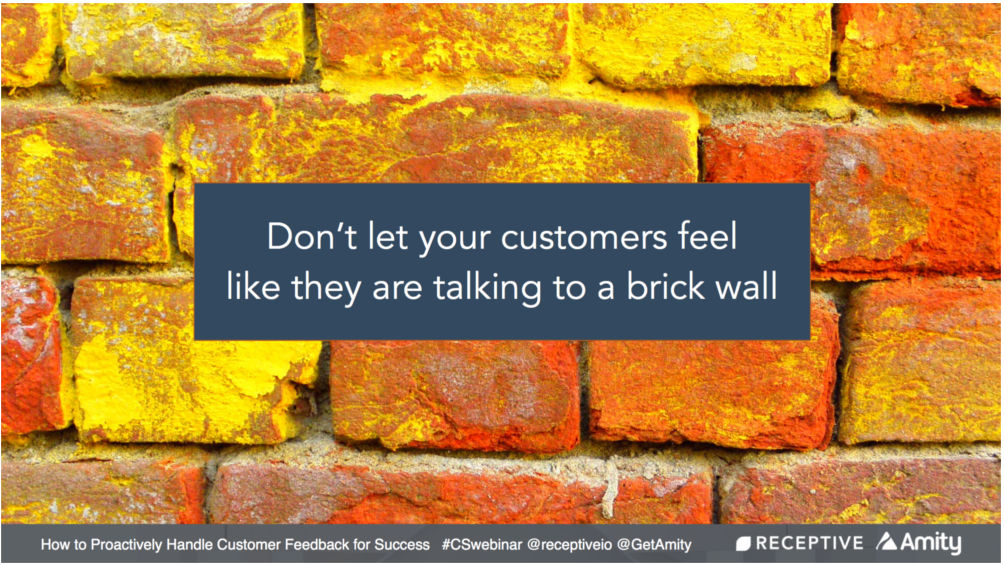
Finally, if your customers are giving feedback to your CS team (and trust me, they are) and if your CS team isn’t passing that feedback on to your Product team in a suitable way then you’re in trouble. The minute that your customers start feeling like you aren’t listening to them, their relationship with you grow worse and worse. They’ll stop giving feedback, they’ll stop engaging with your company, and eventually they may even stop using your product.
So that’s a few reasons why you should be wary of CS and Product not getting along. Let’s end this section on a positive note and explore what happens when CS and Product work together in perfect harmony.
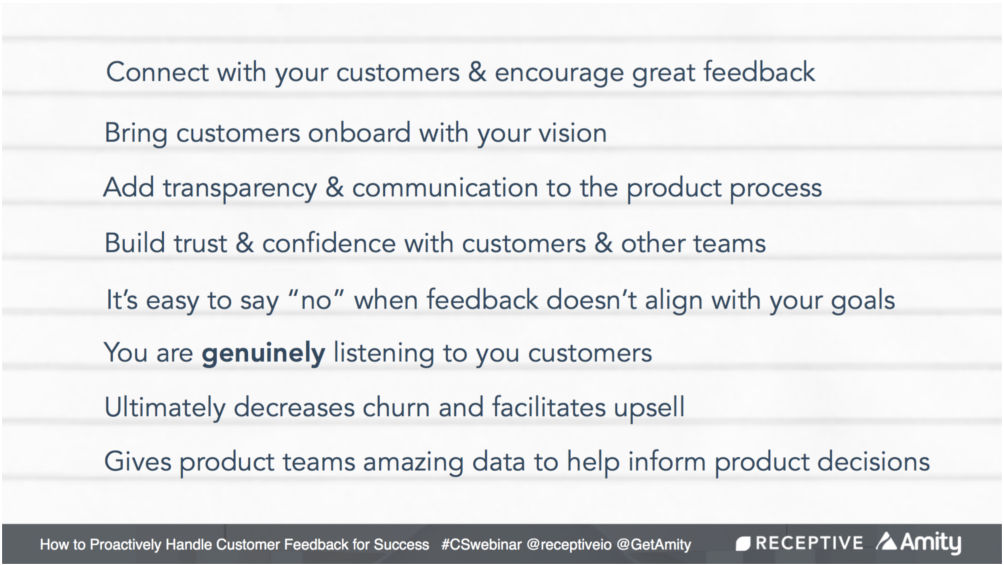
For starters, everyone is on board. They all know where the product is headed, they all know what customers want, and they can then use this openness to provide the best possible product and service to your customers. Everyone’s happy.
And your customers will notice it, and they’ll appreciate it. Being transparent with customers is going through a bit of a popularity surge at the moment, with massive SaaS companies embracing it. That’s because it works. Customers love to be listened to, so if you make it obvious and show them the insides of your organization then your relationship with them will develop.
Finally, the brass tacks you’ve been waiting for. If your customers are being listened to, they are more likely to stick around. Plus if you listen to their suggestions and improve your product accordingly, then you’re left with a more enticing product. If you haven’t figured it out just yet, that roughly translates to decreased churn and increased MRR. What more could you want?
How to get CS and Product to Work Together
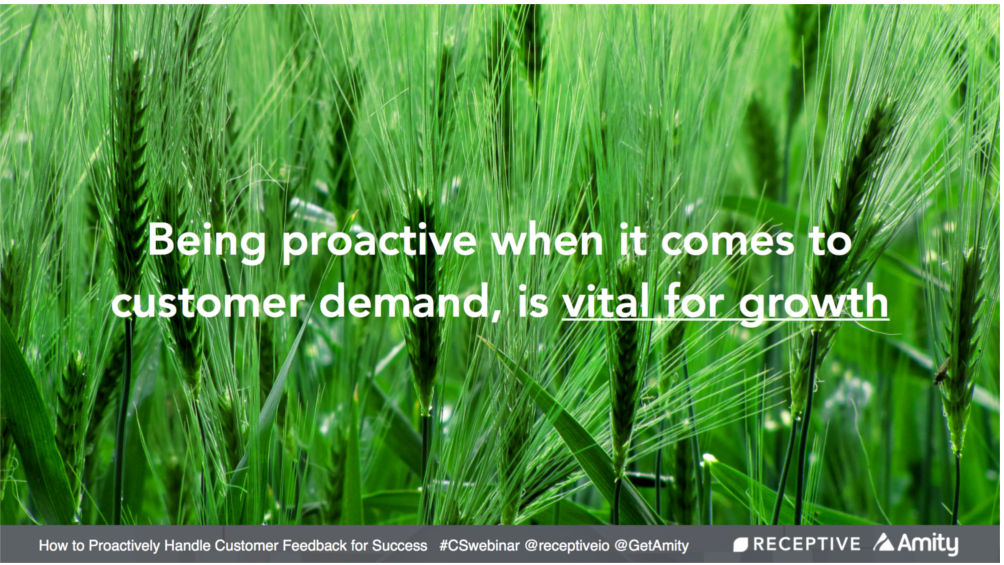
Okay so by now you should have realized the wonderful things that happen when CS and Product work together and the stars align. If you’ve skipped to the good bit, then a brief summation would be that when CS and Product work together, you’ll end up with decreased churn and increased MRR.
If you’ve ever owned both cats and dogs and needed them to get along, then you might have used the traditional method of slowly bringing them together under supervision, until they got used to each other. Fortunately, when it comes to CS and Product, we’re dealing with fellow humans, and that makes it all a lot simpler.
To start with, both teams need to realize the importance of working together and what that will bring to your company. Why not sit them both down and talk through the points I raised in the previous section. Let it be known that CS will get happier customers, and Product will get a better product, if only they’d start working together.
Then you need a plan of action, and this is the juicy bit. If you create a designated channel of feedback which is accessible to everyone, 24/7, then you’ve done 90% of the work. This channel could be an email address, it could be a survey, it could be anything. The idea is that customers can “self-serve” and submit feedback as and when they feel like. This will improve the quality of ideas coming in and help customers empathize and understand that you’re actively listening to them.
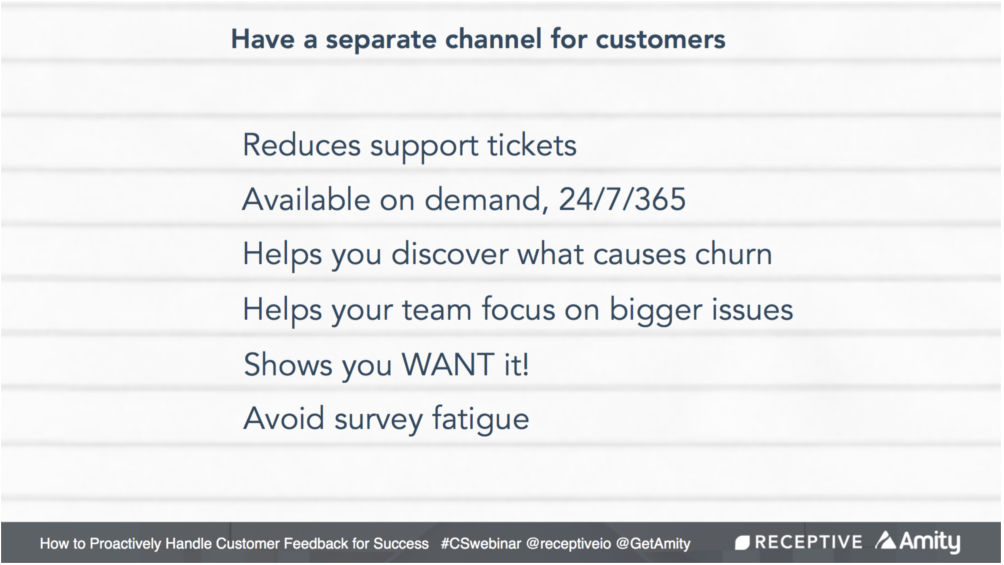
Once the data starts pouring in, you need somewhere to keep it. For smaller companies, I would recommend a product called Airtable, which is a hybrid of spreadsheets and databases. For larger organizations, you should consider getting your hands on specialized software designed for exactly this, something like (ahem) Receptive.
Storing your data in one place means that CS don’t have to be the messenger. They’re free to spend their time on actual CS stuff like making sure customers are happy while Product can delve in and grab the data they need, whenever they need it. CS don’t get in the way of Product, and Product don’t get in the way of CS.
Now that Product can access the data whenever they want, they’re able to prioritize it and segment it so that they know exactly what their customers want them to build. They can use that data in conjunction with their strategy to make improvements to their product, all without having to explain their reasoning to CS. CS meanwhile, are able to put feedback to one side and focus on ensuring that customers are happy and are making the most of your product.
Finally, don’t forget to close the feedback loop. You need to communicate with those who submit feedback, updating them on any status changes. If you reject an idea, send them a message letting them know your reasoning. If you advance an idea to the next stage, tell them. It’s only polite and your customers will see that you’re listening to them and be thankful that they’re included in your decision making.
Summary
As you should now undoubtedly understand, it’s actually really important that your CS and Product teams get along. If they start working together and communicating effectively, then your organization will flourish. Your customers will be happier and your product will improve. You’ll decrease churn and you’ll increase MRR. It’s better for everyone that they get along.
To kick-start the relationship, have both teams understand the role that they play in the process I outlined above. Once everyone is on the same page, you can put that process into motion, creating the feedback channel and the database.
It’s easy for CS and Product teams to get on each other’s nerves, but once you establish a protocol, it’s easy for them to work out their differences and work together for the good of the organization.
Thanks for reading, and I hope you’ve found this useful. For more on this topic, check out our joint webinar with Amity - you can find the recording here.



